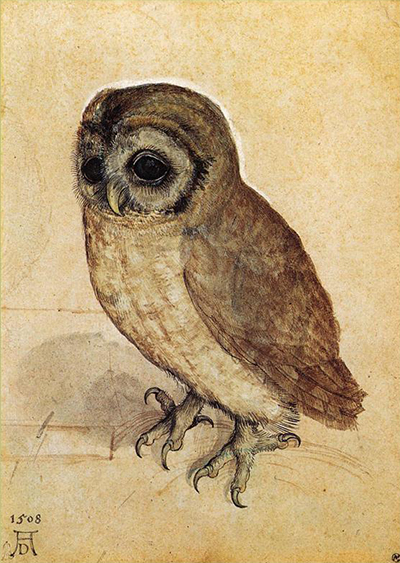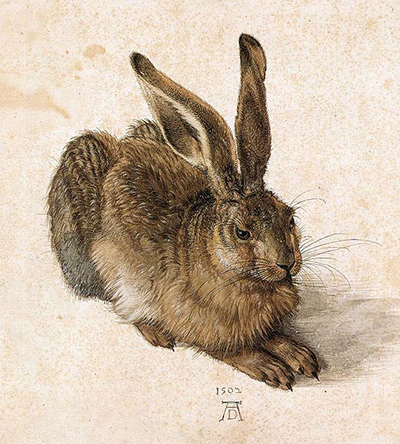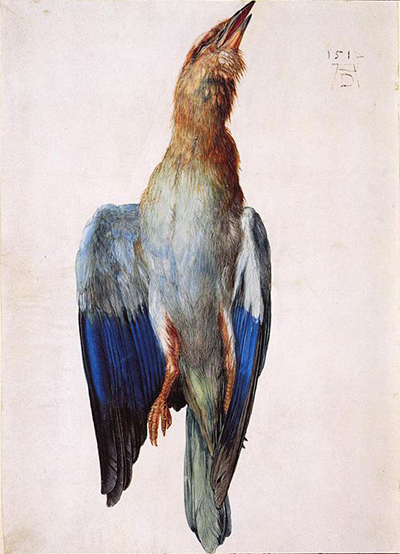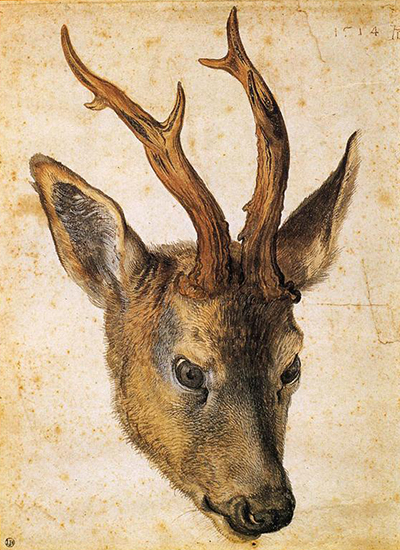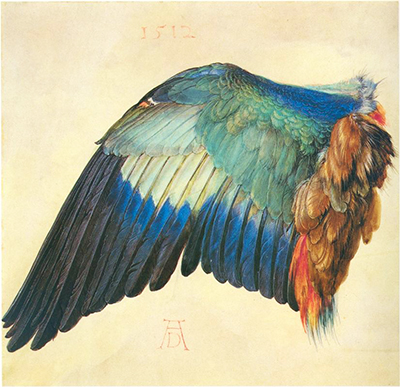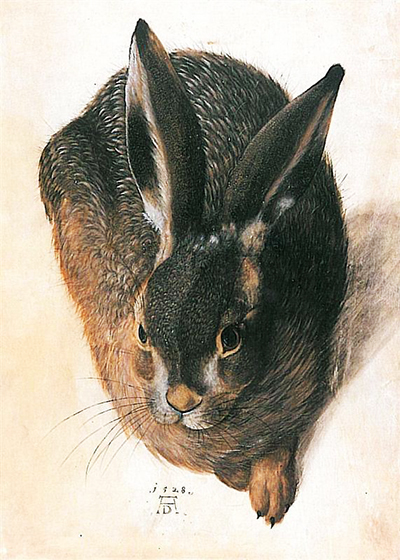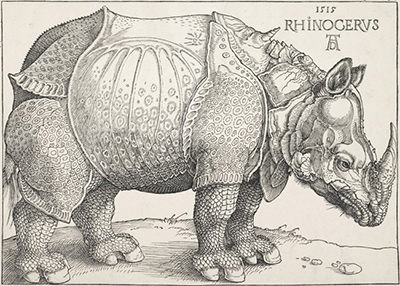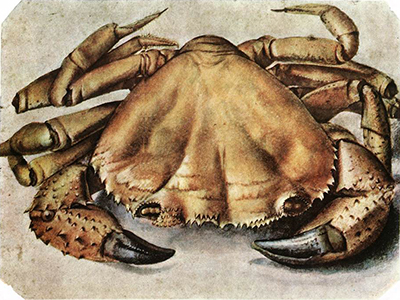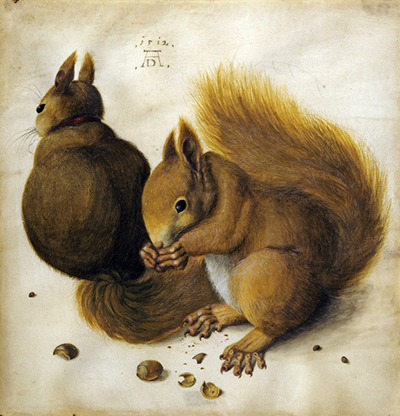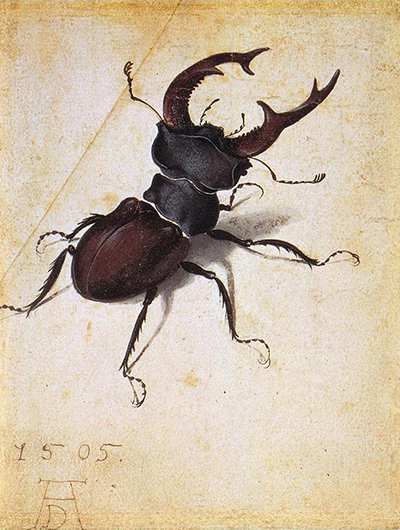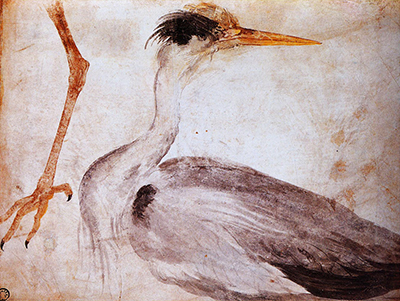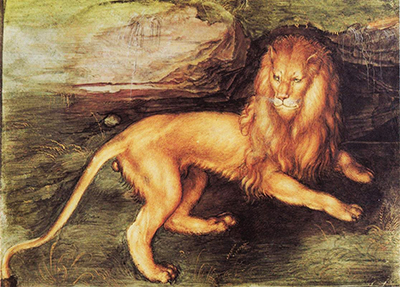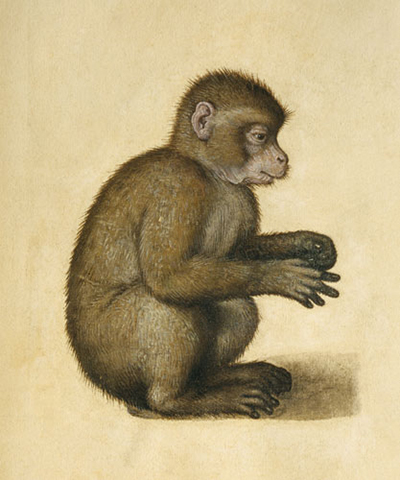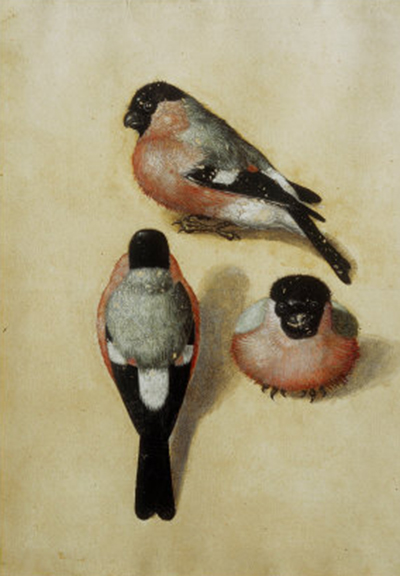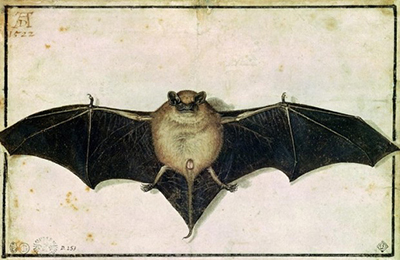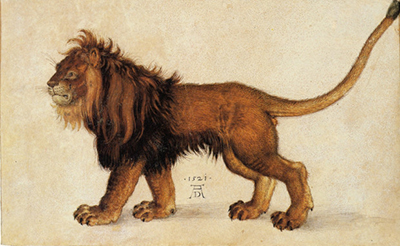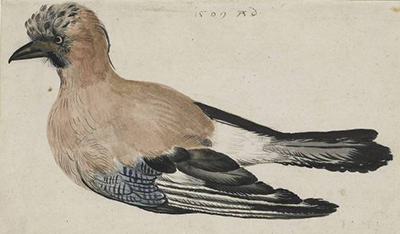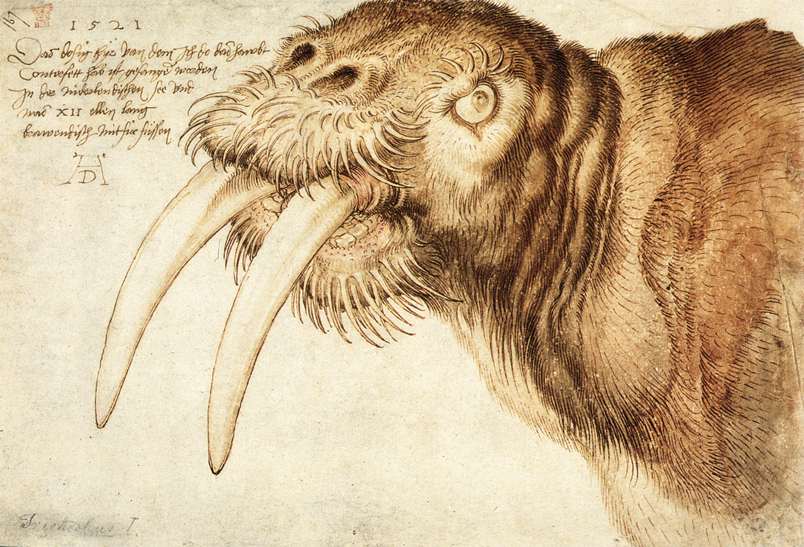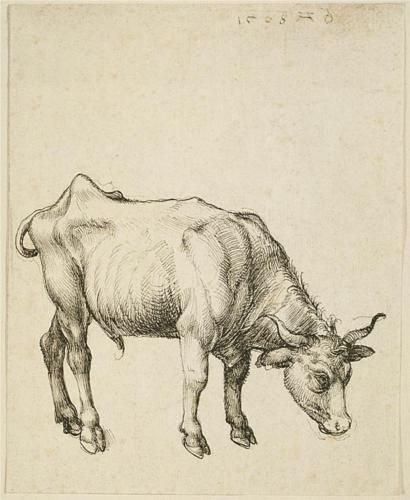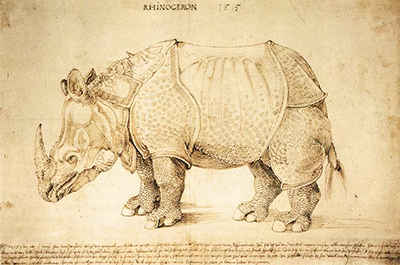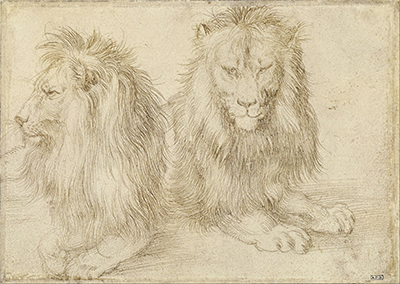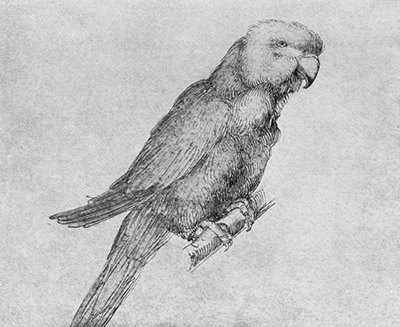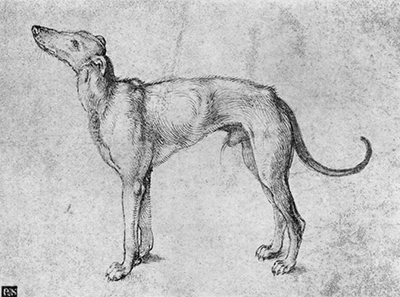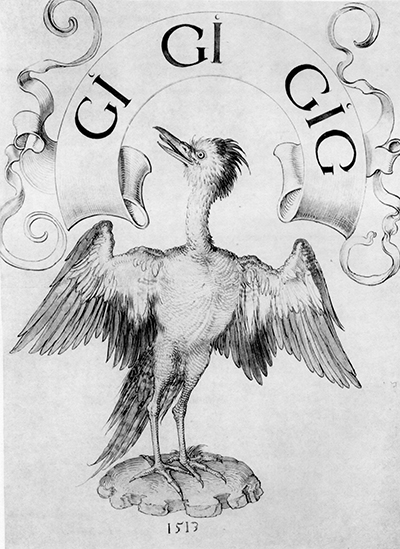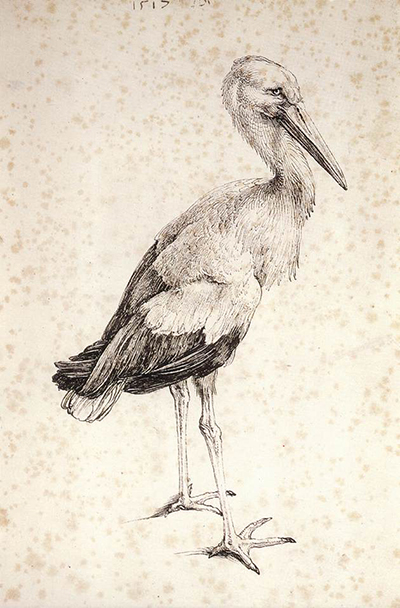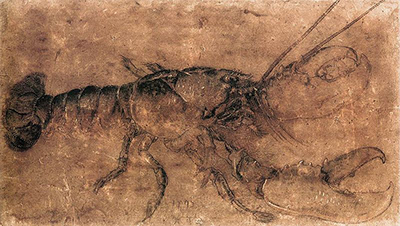Many of Durer's most popular artworks captured birds and animals across a variety of different mediums
Only George Stubbs and Pablo Picasso can claim to have mastered portraiture of this kind to the same standard as Durer. Stubbs would tackle horses whilst Picasso drew multitudes of creatures with his line drawings.
On occasion he would also cover the same animal in different formats, such as the painting and etching he created of a Rhinoceros.
Pen and ink drawings plus watercolors, engravings and woodcut prints would all be used to capture these wild creatures.
During his era many would be unable to see such animals with their own eyes, making such artwork serve an educational purpose too.
Durer's watercolours would combine gouache (an opaque watercolor) to outline the animal or bird with softer choices to produce vivid colours to show off the plummage of birds, for example. The detail was astounding and encouraged others to capture these beautiful creatures in their own work.
There were also simpler items, such as Two Seated Lions, where he would rely entirely on his raw draughtsmanship. The accuracy of stroke would remind many of the work of Da Vinci and Michelangelo, but without the focus on human anatomy.
Whilst capturing exotic creatures for the education of others, Durer found great pleasure from painting more common animals such as with The Young Hare and The Little Owl. These two remain his best known artworks of all, alongside Melancholia.
The complexity of a bird's plummage enabled him to display his extraordinary technical skills as well as provide a flurry of vivid colour across each artwork.
There is also a consistent style in the way Durer addressed the fur of creatures such as the squirrels, hares and other domestic animals. The flow of lines made this series of work instantly recognisable as that of this Northern Renaissance master.
A Young Hare is Durer's most well-known picture and positively his most business today. It was painted for the sheer happiness that Durer experienced in making pictures, and it is this joy we encounter when taking a gander at it.
The life and essentialness of the animal is a demonstration of Durer's ability as a craftsman as it was most likely drawn from a stuffed model. It is a virtuoso bit of watercolour painting that exhibits the power of a craftsman's vision when executed with an aggregate control of his medium.
Durer's delineations and prints show repulsive forces of perception united to an accurate system over a scope of various media. The pen drawing of the 'Rhinoceros' likewise filled in as a portray for a woodcut print.
Durer was incredibly gifted in the speciality of woodcuts, an early type of help printing that was conventional in Germany. Durer's created many woodcuts and raised the profile of this modest medium to a level that has never been outperformed.
The woodcut strategy, which was initially formulated for imprinting on the material, includes attracting the picture to be printed onto a square of beautiful wood. Authority skilled workers would then remove the 'white bits' around the illustration leaving the rest of the picture raised upon the substance of the square.
At last, this would ink with a roller and a print taken from its surface. You will see that in Durer's print, the rhinoceros is looking the other way from the illustration as the printing procedure turns around the picture.
It implies all the lettering on the engraving must be drawn in reverse with the goal that it looked rectify in the last image.



